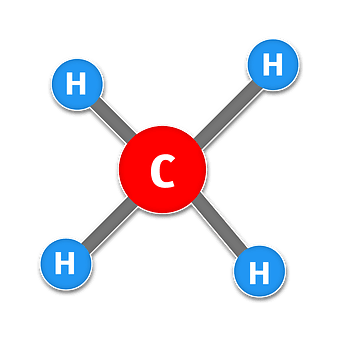Reducing emissions in Malaysia – Methane as a Policy Priority?
BY YONG JIE WONG, MATTHEW ASHFOLD & HELENA VARKKEY
THE climate clock is ticking, and our time is running out. Failure to take the steps needed in the next few years to limit global warming to 1.5°C will push the world further into cascading and irreversible climate effects on the planet.
While various types of greenhouse gases contribute to climate change, global strategies have thus far mainly focused on cutting emissions of carbon dioxide.
An oft-overlooked greenhouse gas is methane. While methane has an atmospheric lifetime of a mere 12 years (compared to the centuries-long lifetime of carbon dioxide), it is much more potent.
Over a 20-year timeframe, each tonne of methane can trap 80 times more heat than a tonne of carbon dioxide.
Hence, scientists have highlighted the potential for methane reduction to play a key role in slowing down the climate clock in the short term, to buy us valuable time as we continue to tackle carbon dioxide emissions.
In this vein, the Global Methane Pledge was launched last year at COP26 with the aim of reducing methane emissions by at least 30%, relative to 2020 levels, by 2030. 103 countries thus far have committed to the pledge, including Malaysia.
Sources of methane in Malaysia
Sources within the oil and gas (O&G) and the palm oil sectors are the first and second largest contributors of methane emissions reported by Malaysia to the United Nations, at 44% and 24% respectively.
In the O&G sector, methane is released as fugitive emissions leaking from existing infrastructure, is “vented” (released) intentionally, or routinely “flared” (burned) for safety reasons.
Within the palm oil sector, palm oil mill effluents (POME), a wastewater byproduct of palm oil processing, release methane.
The heat map below shows the locations of total methane emissions in Malaysia according to another scientific dataset – especially notable are the intense (dark red) emissions from marine O&G platforms.

Key Malaysian government-linked companies, like Petronas and Sime Darby, are major players in these sectors. These companies have respectively announced their commitments to low emission transitions. Petronas has committed to achieving net-zero carbon emissions by 2050 while Sime Darby Plantation aims to reduce 50% of its carbon emission intensity by 2030.
To date, Petronas has committed to the Zero Routine Flaring initiative to end routine flaring no later than 2030. It has also joined the Oil & Gas Methane Partnership 2.0, a reporting framework that aims to improve the accuracy and transparency of methane emissions reporting in the sector.
As part of their activities to support their climate commitments, Sime Darby has been a pioneer in installing mechanisms to trap methane in its wastewater facilities to produce biogas, a form of renewable energy. The biogas produced is used to generate energy to power processing facilities.
Opportunities for scaling up
These initiatives do seem to be part of an encouraging trend. While Malaysia reports key methane emission sources within the O&G and palm oil sectors as increasing by 4-5% annually on average between 1990 and 2016, data for the recent years up to 2016 indicate a slowing of the emissions growth rates in these important categories as shown in the see graph below.

Both the O&G and palm oil sectors have been identified as among Malaysia’s National Key Economic Areas as part of the National Economic Transformation Programme. To support both national climate commitments and developmental goals, it is in the interest of the Malaysian government and these GLCs to work together to reduce methane emissions in these key sectors.
CERAH, a local civil society grouping focusing on air quality, has teamed up with the University of Malaya, the University of Nottingham Malaysia, and the Environmental Defense Fund to promote transparency, public engagement, and progress on methane emissions in Malaysia.
The project aims to support the understanding and transparency surrounding methane and other emissions from the O&G sector and to explore linkages to the palm oil sector. Through enhanced stakeholder engagement and public awareness, the project thus aims to promote opportunities for greater policy ambition leading to reduced methane emissions.
NOTES ON AUTHORS: Yong Jie Wong is a postdoctoral researcher at Universiti Malaya. Matthew Ashfold is an Associate Professor and Head of the School of Environmental and Geographical Sciences at the University of Nottingham, Malaysia. Helena Varkkey is an Associate Professor of Environmental Politics at Universiti Malaya, and the vice-president of CERAH. All authors are researchers on the UM-CERAH-EDF project mentioned in the article.











